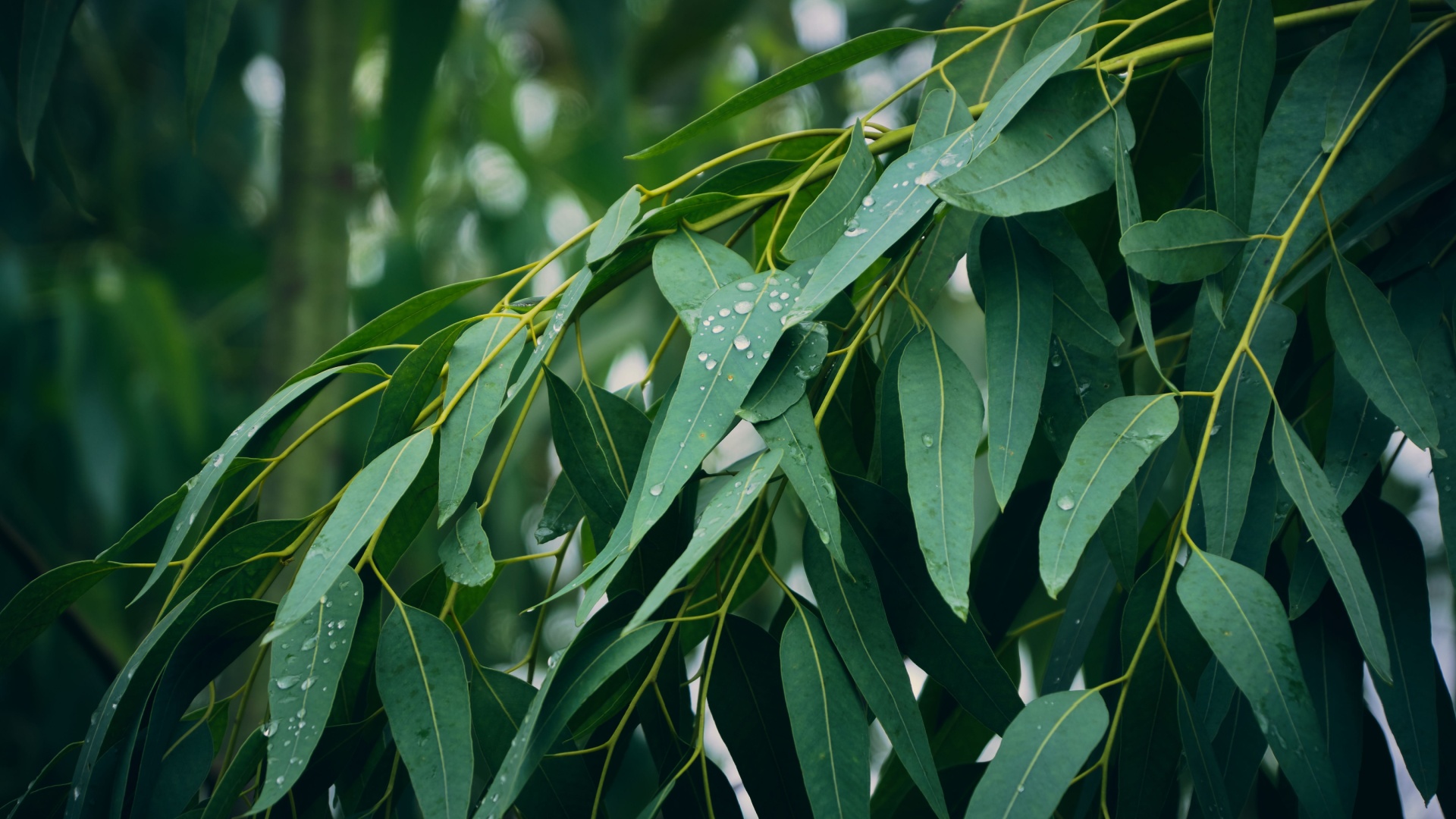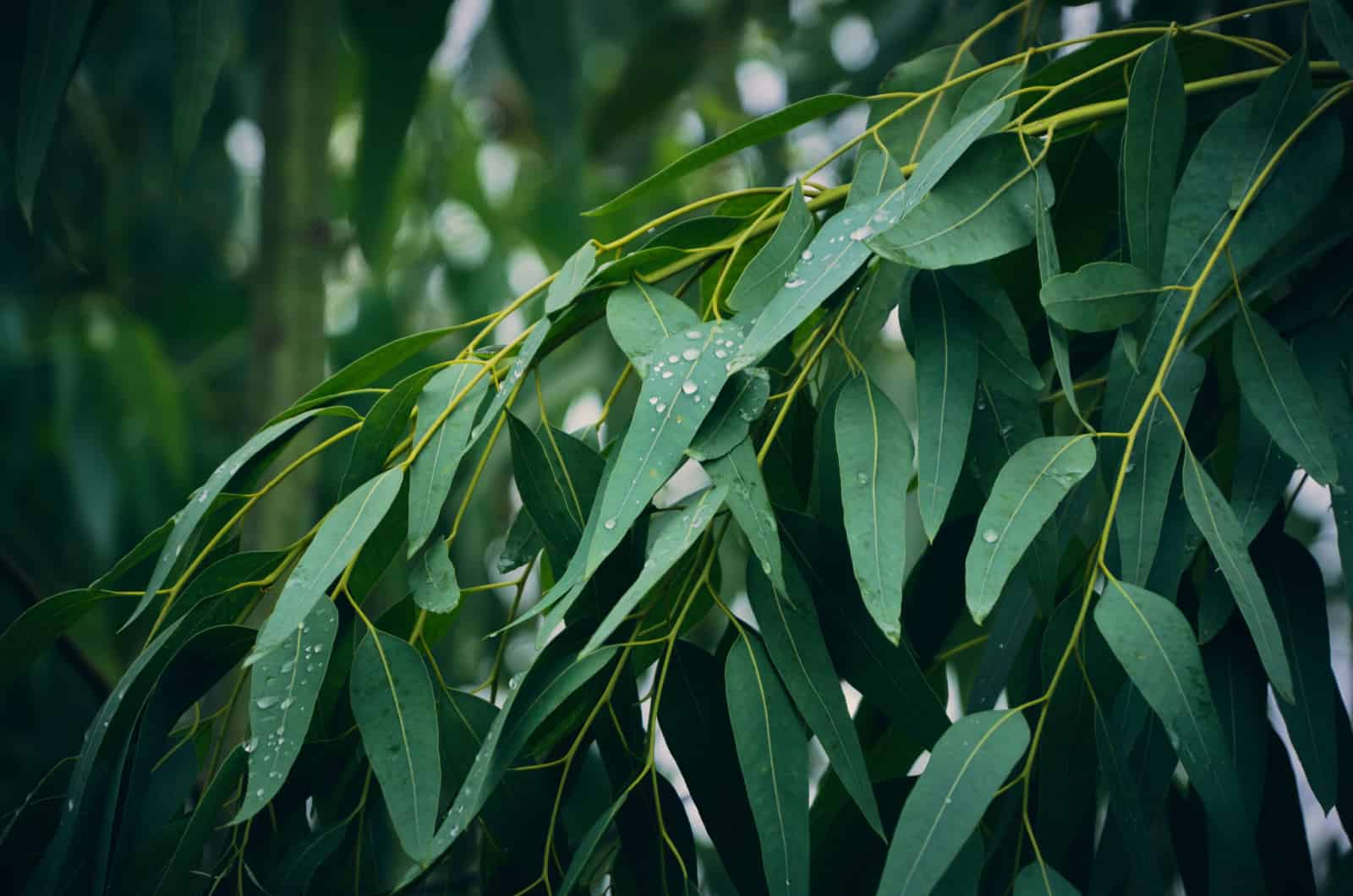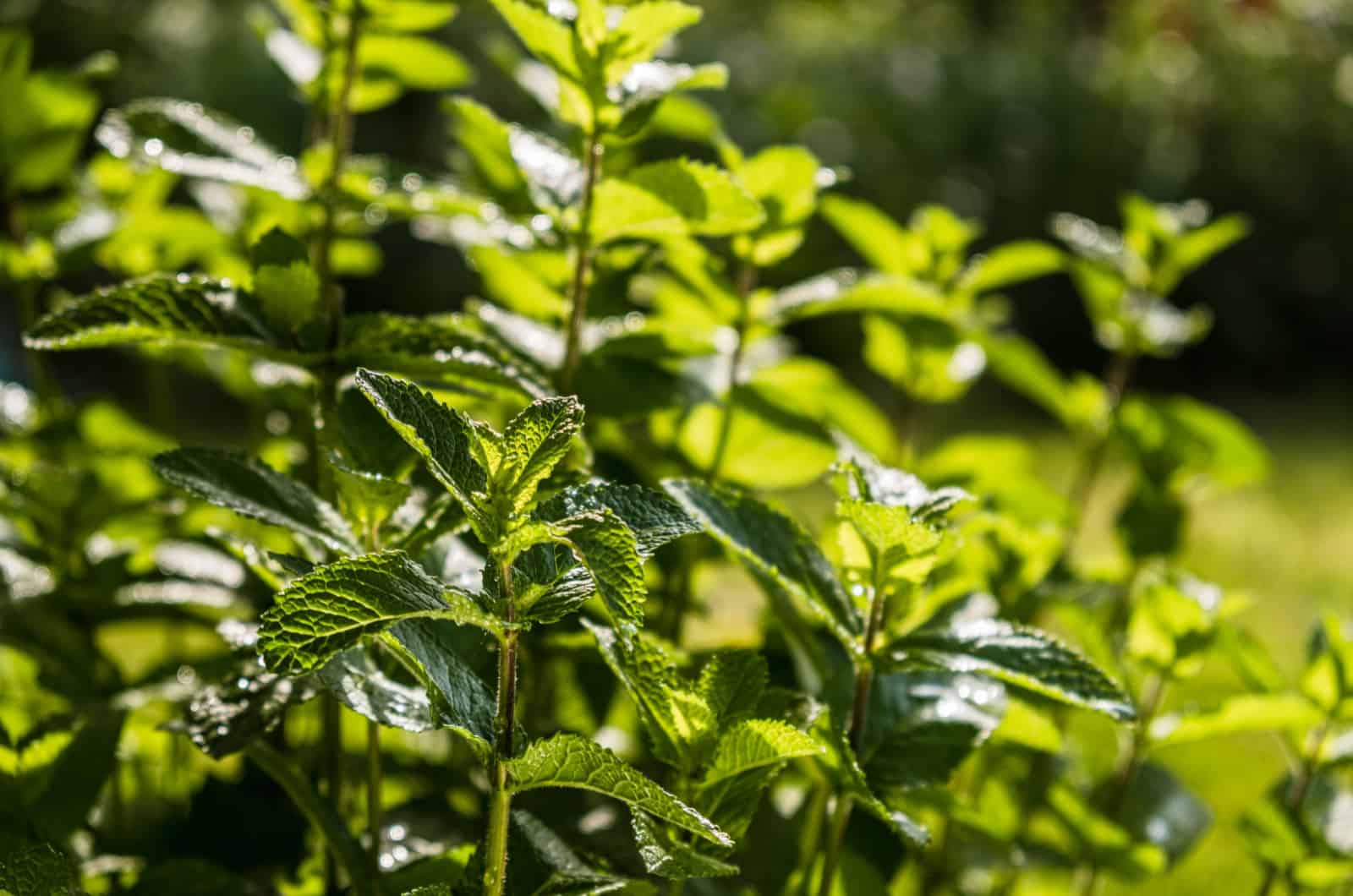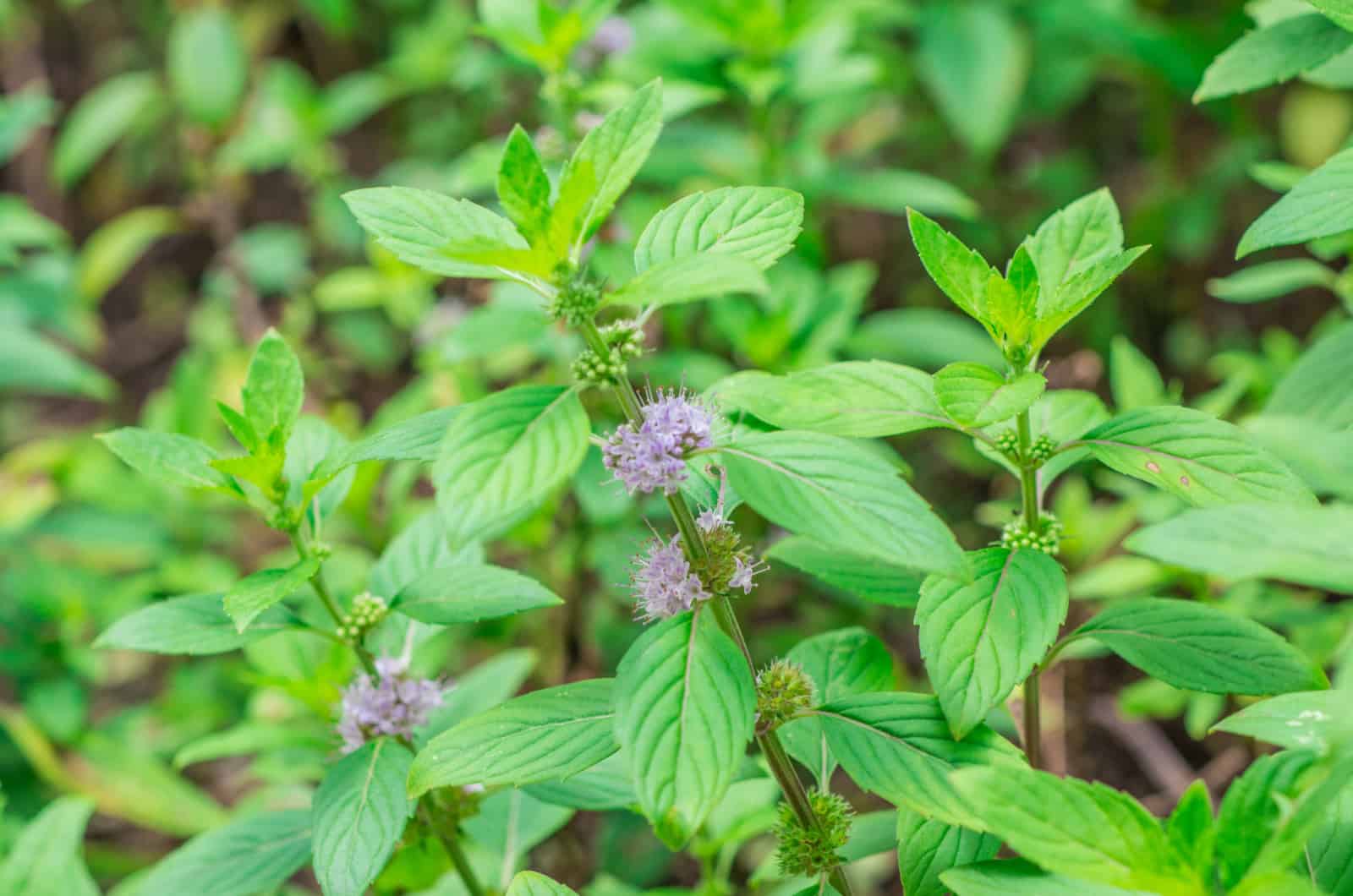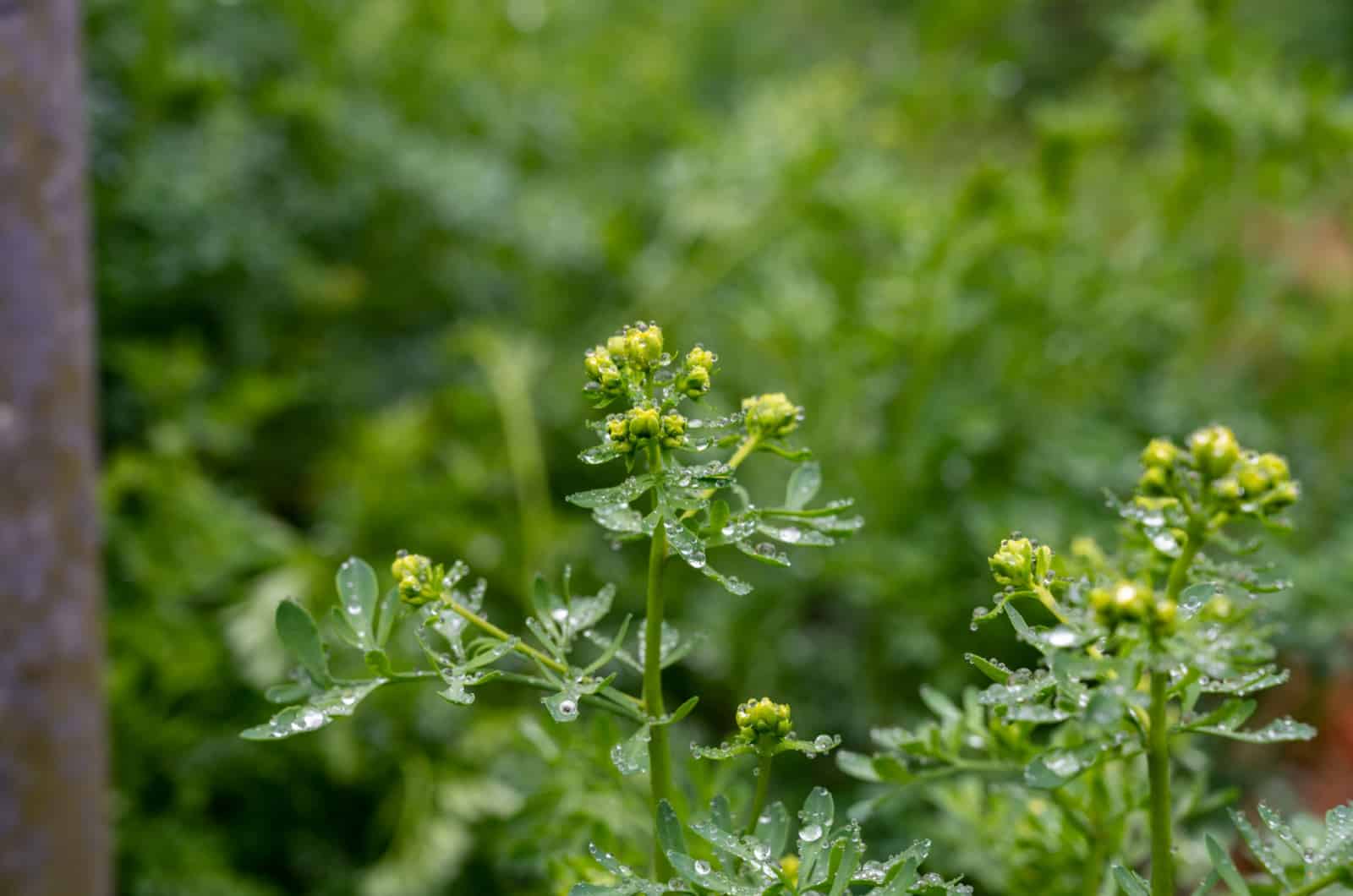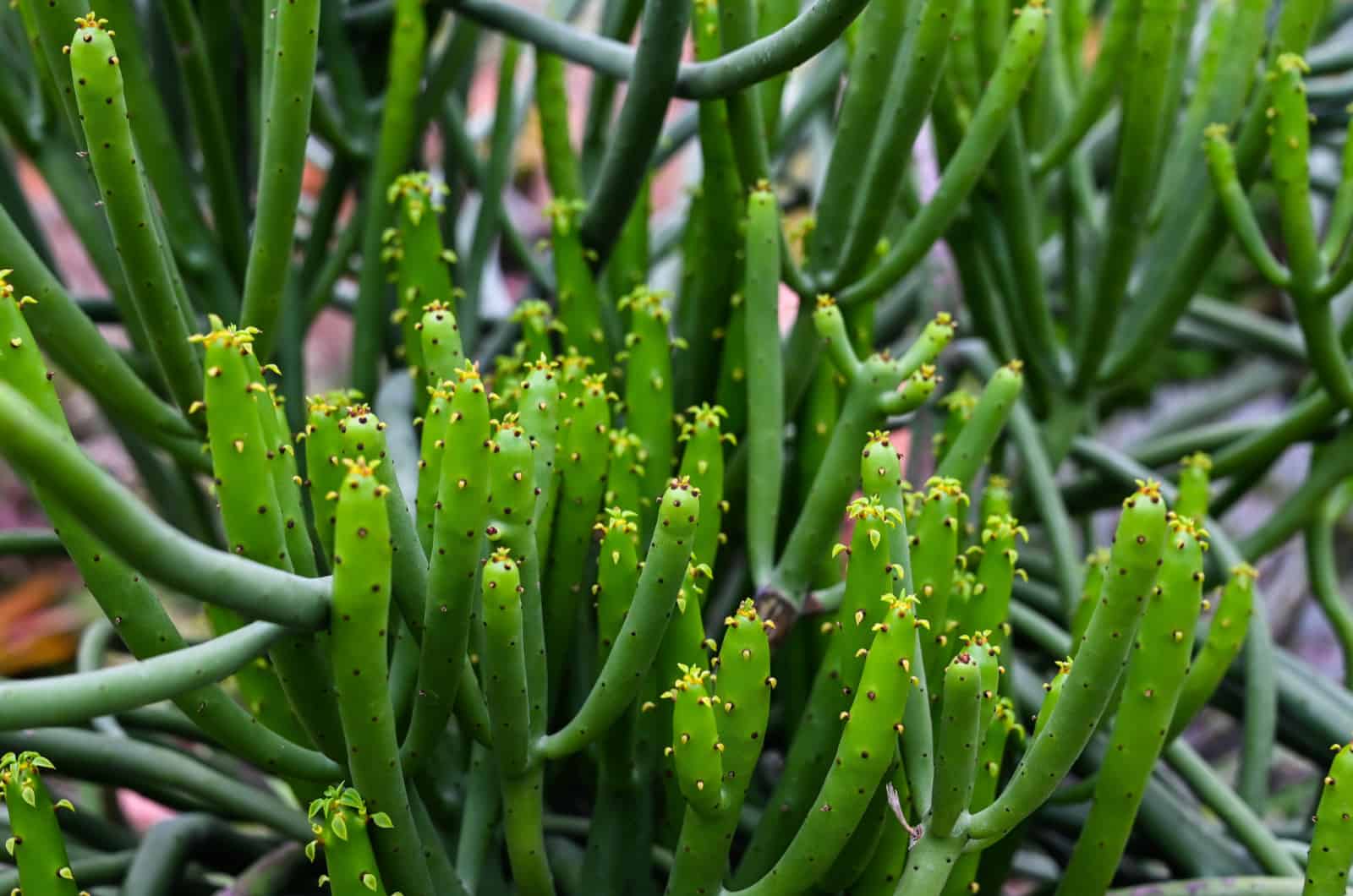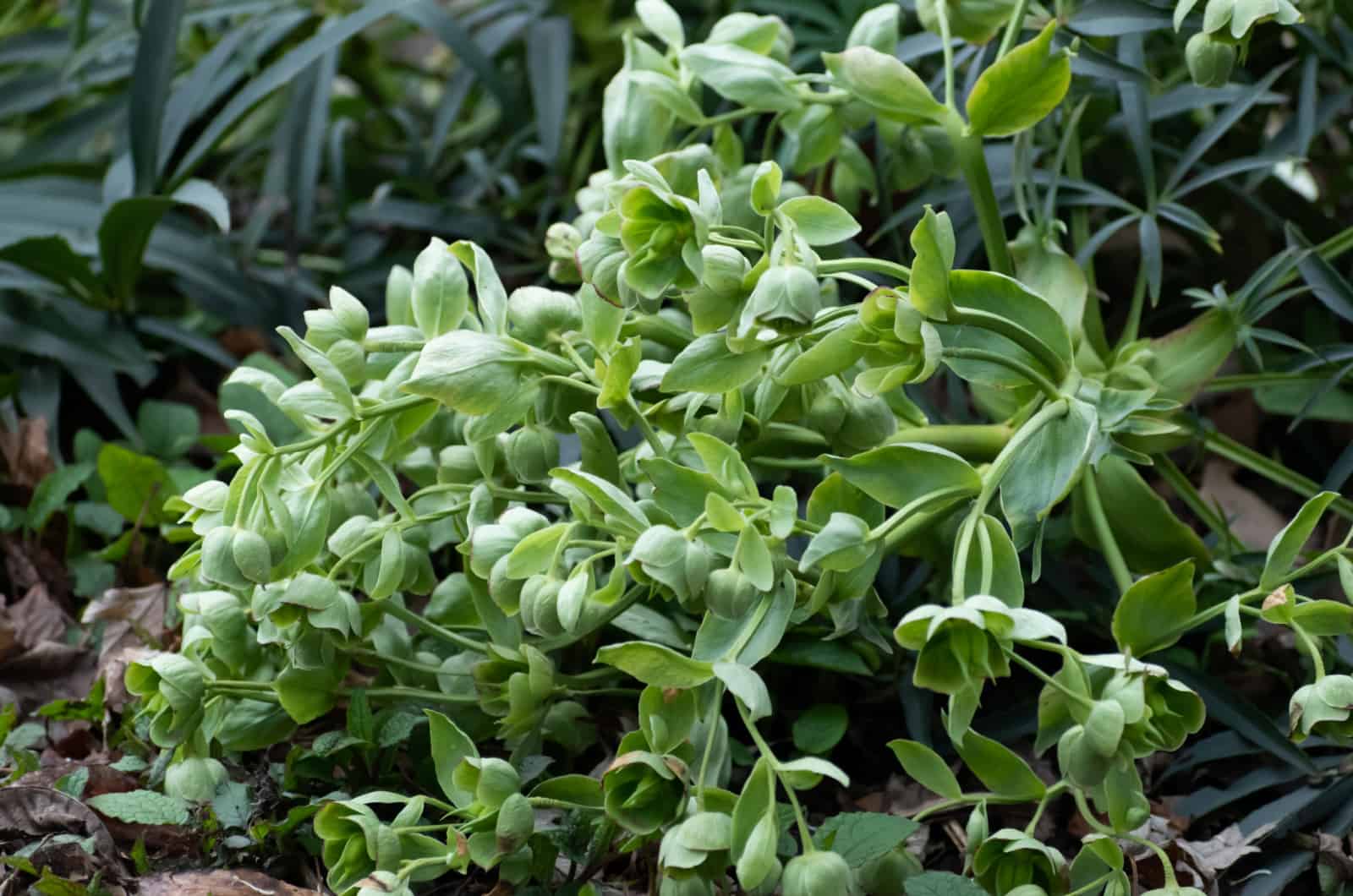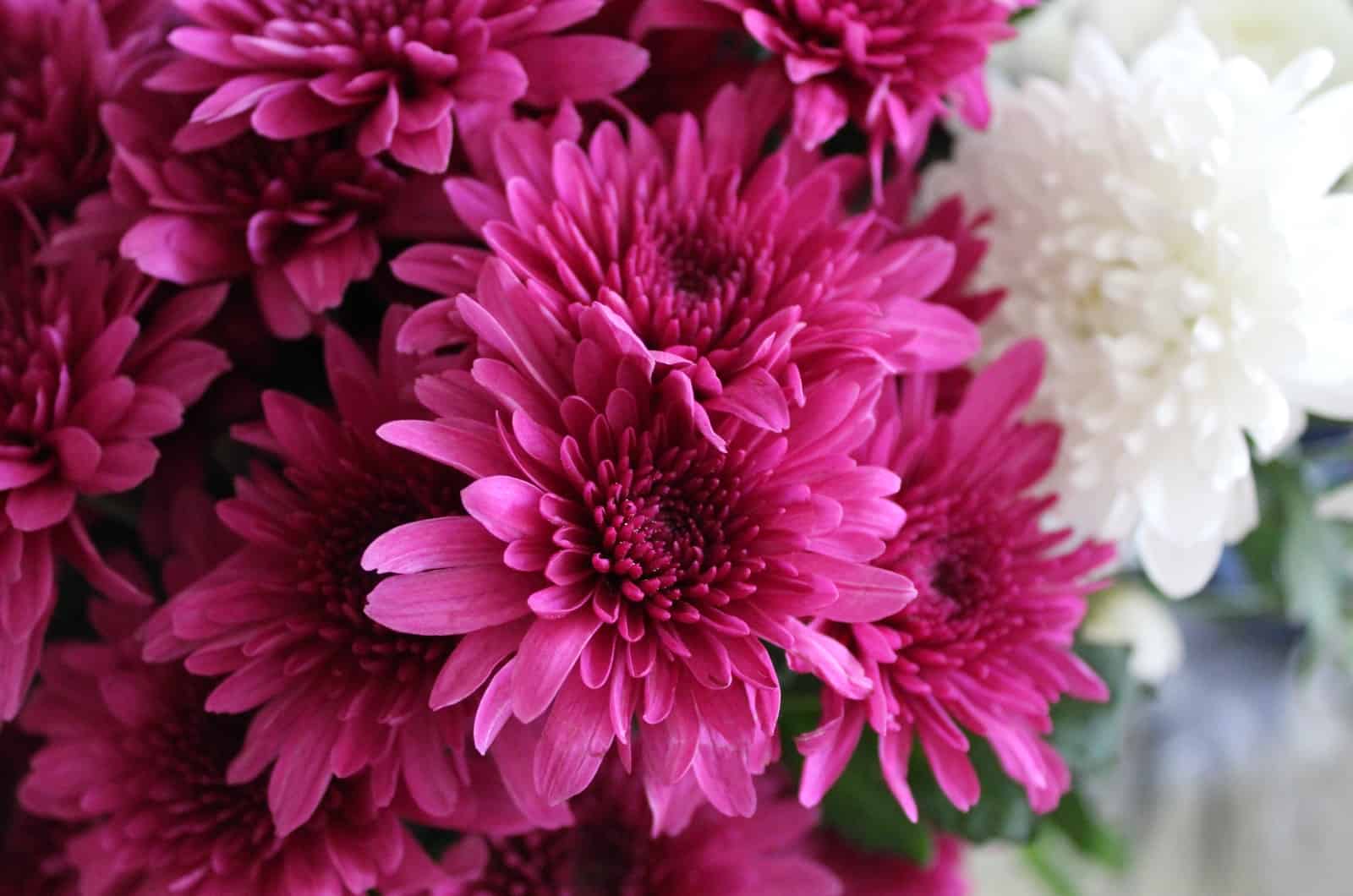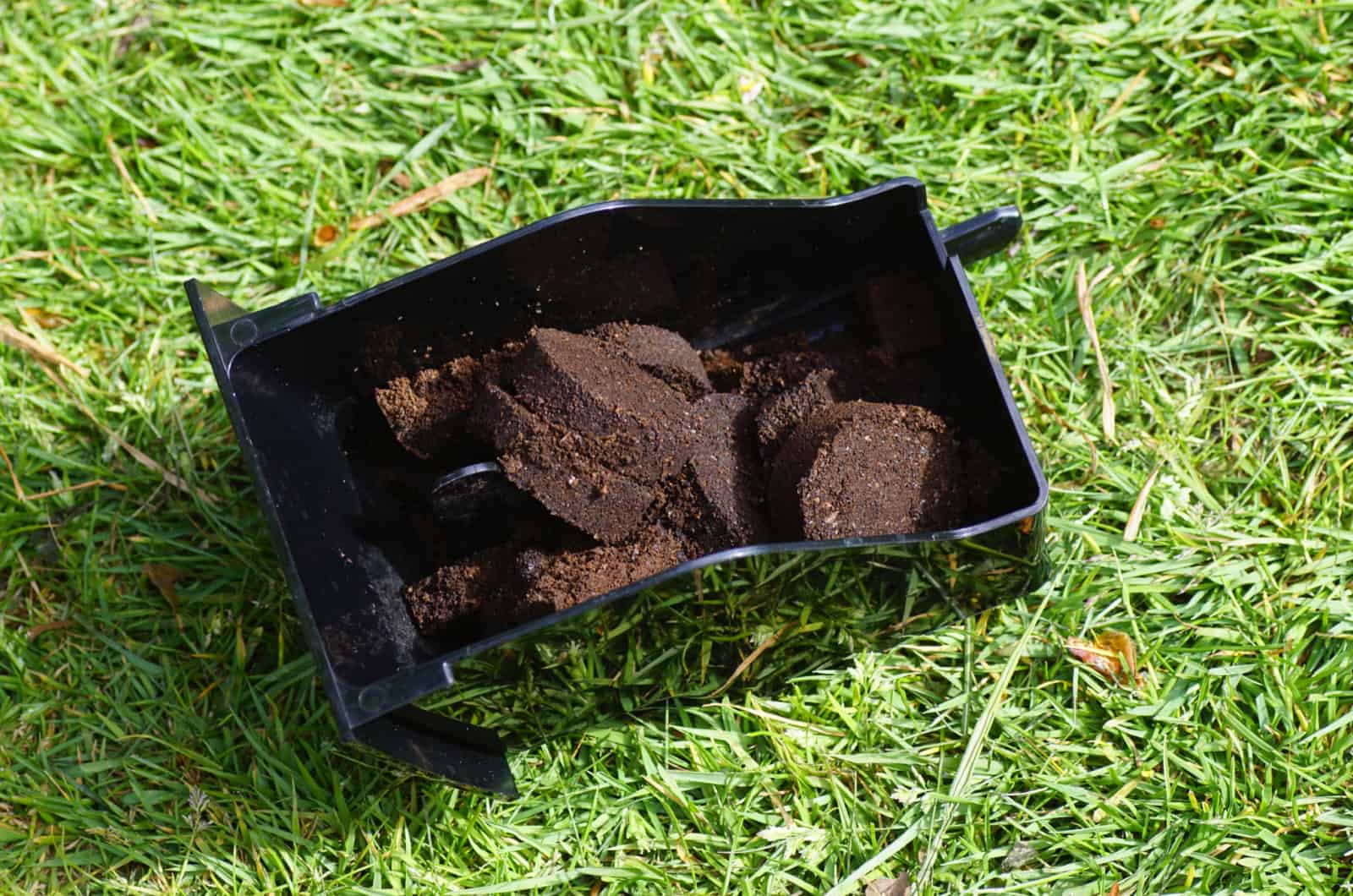When we decide to grow a certain outdoor or houseplant, it can often turn out to be more beneficial than we first thought!
For instance, some flowering plants attract beneficial insects, such as bees, ladybugs, and wasps, which pollinate your other plants while acting as a natural form of pest control at the same time.
Nobody wants to see lizards and geckos in their garden!
But don’t worry, because you can grow lizard repellent plants or use some other effective methods for deterring these reptiles without harming your garden’s ecosystem.
We’ll discuss them below, so let’s dive right in!
8 Lizard Repellent Plants
Having lizards in your outdoor garden is not necessarily a bad thing. They can eat annoying pests and help with infestations in your outdoor garden.
But if you’re not a fan of these reptiles, you can always grow certain plants that repel lizards and enjoy a gecko-free garden.
Below are some of our favorite plants that deter lizards and can help you show off your landscaping skills at the same time.
1. Eucalyptus Trees (Eucalyptus Globulus)
Eucalyptus, also known as the Nilgiri plant, is on many different lists of shade-tolerant evergreen trees and shrubs.
The leaves of this tree contain oil glands that release a strong smell, which lizards detest.
You can grow it indoors or outdoors, and all you need to do is plant it in slightly acidic, well-draining soil, water it whenever the topsoil begins to dry, and expose it to a lot of light.
Some cultivars can thrive in low-light conditions, so you can get one of them if your garden doesn’t get too much sunlight.
2. Peppermint Plant (Mentha Piperita)
Mint is a herb with a strong scent that can reduce the unwanted insect population in your house yard and deter lizards at the same time.
You can grow this plant indoors or outdoors, but there are a couple of gardening tips that can make it easier to maintain.
Plant it in a nutrient-rich and moist growing medium, and water it about twice a week (or whenever the topsoil starts to dry).
This herb can handle both partial shade and full sun conditions, although you will have to irrigate it more frequently if it gets a lot of light.
3. Japanese Mint (Mentha Arvensis)
Just like its relative, peppermint, Japanese mint also repels lizards in an eco-friendly way and is equally easy to care for.
This indoor or garden plant requires a moist, humus-rich substrate and water whenever the top few inches of the soil begin to dry.
You can keep it in full sun or part shade, but you will have to adjust the watering accordingly (irrigate it less frequently in lower light levels).
Finally, you can combine this plant with Japanese mint essential oil for the best lizard-repellent results.
4. Herb-Of-Grace Plant (Ruta Graveolens)
What I love about herbs is that they are perfect for companion planting, cooking, and keeping pesky pests at bay.
For instance, the herb companion planting chart presents the herb-of-grace (also known as rue or common rue) as a great buddy to roses, figs, onions, lavender, etc.
It can also repel lizards, aphids, snails and slugs, and many other pests, so why not plant it near your ornamental plants or flowering trees to save yourself some trouble dealing with unwanted guests.
This herb requires well-draining soils and is drought-tolerant, so you won’t have to take too much care of it.
5. Pencil Tree (Euphorbia Tirucalli)
The pencil tree is an excellent living room plant you can get for your loved ones, but did you know it can also keep lizards away from your garden?
Although it’s usually grown as an indoor plant, you can cultivate it outdoors in the USDA hardiness zone 11.
Plant it in a succulent mix, irrigate it whenever the soil begins to dry (it usually takes around 10 days), and expose it to bright light.
It can even tolerate direct sunlight, but you should give it some shelter during hot afternoons.
6. Lemongrass (Cymbopogon spp.)
Lemongrass is another excellent plant for your outdoor garden if you want to keep lizards at bay.
This plant is amazing for two reasons: its strong scent repels reptiles, mosquitoes, and other annoying insects, and it is incredibly easy to care for.
All you’ve got to do is plant it in a rich and well-draining growing medium, water it whenever the topsoil starts to dry, and place it where it can get full sun (at least six hours of light each day).
7. Stinking Hellebore (Helleborus spp.)
With its evergreen leaflets arranged in a fan-like pattern, this plant is an excellent addition to any landscaping design.
However, it is toxic, so it might not be the best option for gardeners with kids and pets. But it does repel lizards, rabbits, and deer, and can keep your plants safe.
It can tolerate all kinds of lighting, from full sun to full shade, but it thrives in partial shade.
You also won’t have to water it if you live in a region with plenty of sunlight. However, you should ensure it gets around an inch of moisture each week through rainfall or supplemental irrigation.
The hellebore can thrive in various soils, but it prefers humus-rich and well-draining mediums.
8. Chrysanthemum (Chrysanthemum spp.)
Chrysanthemums, or simply mums, are awe-inspiring flowering plants, so it’s not surprising that they are on the list of breathtaking Chinese flowers.
But this plant has more than just its looks; it can deter geckos, fleas, ants, ticks, etc., so it will keep your other green and furry friends safe.
Plant it in fertile, loamy, and well-draining substrate, expose it to at least 6 hours of sunlight each day, and give it about an inch of water each week.
Why Do Outdoor Plants That Repel Lizards Work?
We mentioned some common plants that can keep lizards at bay and improve your landscape at the same time, but why do some plants repel lizards?
How does it work?
Well, lizards cannot handle strong smells, so they won’t come near plants with a pungent scent. The fragrance confuses these reptiles, and they cannot focus on finding food (insects).
Other DIY Ways To Get Rid Of Lizards
Learning how to get rid of lizards is very important for anyone with a house yard.
Even small lizards, which can be cute, aren’t always welcome. Thankfully, there are things you can do to keep them at bay.
For instance, spreading a couple of cloves of garlic and onions will deter these nuisances. You can also try using eggshells because these reptiles might believe there are birds around (birds prey on vulnerable geckos).
Coffee grinds are also an excellent way to deter lizards and some other agricultural pests, such as rabbits. Coffee grounds repel rabbits and geckos; all you’ve got to do is spread them around your plant or compost them and use them to feed your plants and keep them safe.
Finally, you can always get a lizard repellent from Amazon if nothing seems to be working!
Final Thoughts
This article included eight lizard repellent plants you can grow in your outdoor garden.
They aren’t challenging to take care of and will improve your landscape as well as keep your veggies and flowers safe.
These plants have a strong scent, which is why lizards don’t like them. Of course, some animals just don’t care about plants, so we also looked at some other ways of getting rid of lizards.
Good luck, and until next time!
Like this post? Share or pin it for later!

